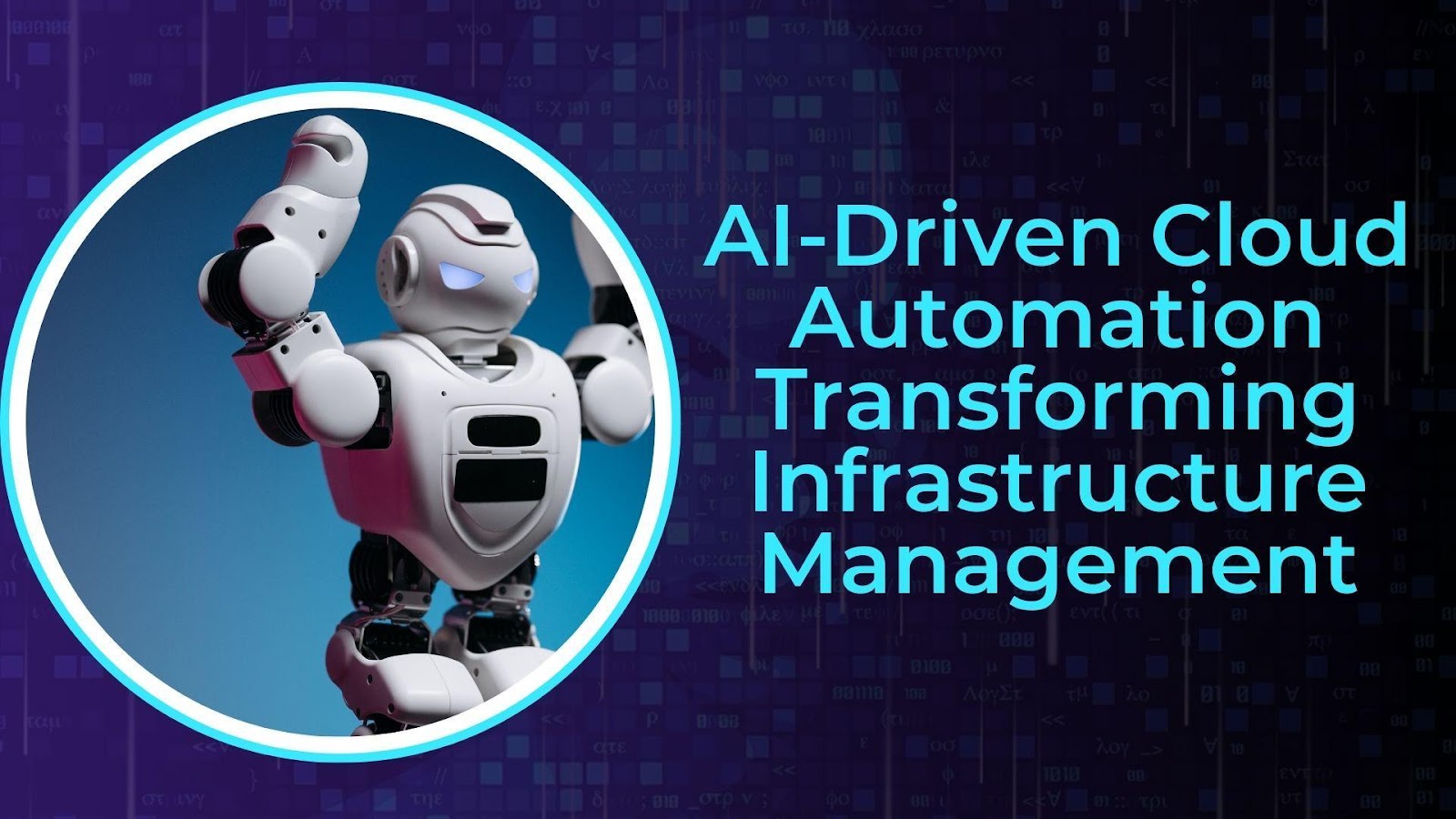In this modern era of digital transformation, as cloud computing continues to evolve, automation has emerged as a transformative force, reshaping infrastructure management through efficiency, scalability, and intelligent decision-making. Ganesh Vanam, a researcher specializing in AI-enhanced cloud automation, explores how advanced technologies such as predictive scaling, autonomous operations, and intelligent orchestration systems are driving a new era of cloud infrastructure. His insights underline the critical role of these innovations in addressing challenges within modern IT environments, ensuring organizations remain competitive and resilient.
The Shift to Intelligent Infrastructure Management
Infrastructure management has evolved significantly from basic virtualization to sophisticated automation systems. Early approaches relied on manual configurations and threshold-based scaling, often leading to inefficiencies. The integration of AI-driven systems now enables predictive analytics, automated decision-making, and optimized resource allocation. These advancements help organizations adapt dynamically to workload demands, enhancing operational efficiency while reducing costs and human intervention.
Predictive Scaling: Adapting to Dynamic Workloads
Predictive scaling represents a leap forward in resource management, allowing systems to anticipate and respond to workload fluctuations. Unlike traditional methods, AI-driven scaling analyzes historical data, user behavior, and system metrics to predict resource requirements with high accuracy. This approach reduces over-provisioning by 32% and improves response times for high-demand applications. For containerized environments, predictive scaling enables rapid adjustments to maintain performance, optimizing resource utilization across multi-cloud deployments.
Autonomous Operations: Enhancing Resilience and Efficiency
Autonomous operations leverage AI and machine learning to detect and address anomalies before they impact system performance. These systems use advanced neural networks and anomaly detection algorithms to identify patterns, enabling real-time issue resolution. Self-healing infrastructure is a key component of this evolution, capable of autonomously repairing performance issues or system failures. Studies reveal that these systems reduce downtime by 45% and improve incident resolution times by 68%, creating more resilient and efficient cloud environments.
Intelligent Orchestration Systems
Modern container orchestration systems, such as Kubernetes, have been revolutionized by AI-driven optimization techniques. These systems continuously analyze workload patterns, container performance, and resource utilization to make proactive decisions. Load-balancing strategies, enhanced by machine learning, ensure even resource distribution across clusters, maintaining application performance during traffic spikes. AI-driven orchestration has been shown to reduce resource contention by 40% and improve cluster efficiency, especially in dynamic microservices architectures.
Security and Compliance in Automated Environments
As cloud automation grows more complex, maintaining security and compliance becomes increasingly critical. AI-powered compliance tools streamline regulatory adherence by monitoring systems in real-time and enforcing automated security policies. Organizations adopting these tools report a 55% improvement in compliance scores and a 62% reduction in audit preparation times. Advanced encryption and automated data masking techniques further enhance security, ensuring compliance with global regulations like GDPR and PCI DSS.
The Role of AI in Proactive Resource Management
AI-driven resource management systems optimize infrastructure by analyzing historical and real-time data. Machine learning models accurately predict resource needs, reducing waste and ensuring consistent performance. Predictive algorithms in cloud environments have been shown to improve resource utilization by 38% while maintaining service levels. These capabilities enable organizations to balance cost efficiency with operational effectiveness, even under rapidly changing conditions.
Emerging Trends in Cloud Automation
The future of cloud automation lies in the integration of cutting-edge technologies like edge computing, serverless architectures, and quantum computing. Edge computing enhances performance by processing data closer to its source, reducing latency by 65%. Serverless platforms eliminate the need for traditional infrastructure management, dynamically allocating resources based on real-time demand and cutting operational costs by 40%. Quantum computing, though in its early stages, promises to revolutionize workload optimization with unparalleled processing power, paving the way for next-generation cloud systems.
In conclusion, Ganesh Vanam highlights the transformative potential of AI-driven cloud automation in addressing the challenges of modern infrastructure management. By adopting predictive scaling, autonomous operations, and intelligent orchestration systems, organizations can achieve unparalleled efficiency, scalability, and resilience. As emerging technologies like edge computing and quantum computing continue to evolve, the integration of AI into cloud environments will remain pivotal in shaping the future of IT infrastructure. These innovations empower businesses to adapt to dynamic demands while maintaining reliability and driving long-term growth.



































